- Mahsa S. Y.
- information
- 191 views
- 0 comments
Women's organizations have played a significant role in shaping Canadian society throughout its history. These groups have worked to improve women's rights, provide support, and create better opportunities for women. Influential figures like Lady Aberdeen contributed to establishing essential organizations, but many others were also involved. In this article, you will study all women's organizations in Canada from the beginning until today.
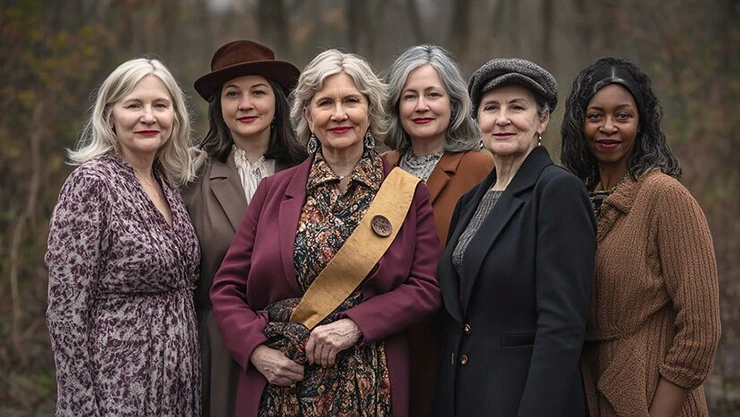
Canada Women's Organizations from the 1800s to Early 1900s
In the 1800s, women's organizations in Canada were helping those in need, such as low-income families, orphans, and the sick. These groups often worked through churches and were led by middle-class women who wanted to improve their communities. Some critical organizations from this era include the following.
The Women's Christian Temperance Union (WCTU) in Canada
Founded in the late 1800s, the WCTU fought against alcohol consumption, believing that drinking caused social problems like domestic violence and poverty. They not only advocated for temperance (abstinence from alcohol) but also supported women's right to vote, seeing it as a way to achieve social reforms. The WCTU was one of the first groups in Canada's history to connect the idea of women's moral leadership with political power.
Canadian Local Women's Institutes
The local Canadian women's institutes taught women skills like cooking, sewing, and preserving food, especially in rural areas. They were platforms for women to be concerned with social issues, such as education for children and improving public health. These institutes gave rural women a voice and the ability to bring change to their communities.
Cyrus Crafts; Luxury & Unique Products
Canada's Victorian Order of Nurses (VON) Women's Organization
Founded in 1897 with the help of Lady Aberdeen, then the wife of the Governor General of Canada, the VON aimed to provide healthcare in rural areas where access to doctors and nurses was limited. The organization focused on improving maternal and child health and caring for the elderly and sick in isolated communities. It remains an integral part of Canada's healthcare system today, particularly in-home care services.
National Council of Women of Canada (NCWC)
Established in 1893, the NCWC united many smaller women's groups nationwide. Its goal was to improve women's social, educational, and political status. The NCWC worked on issues like better education, prison reform, and advocating for women's right to vote. They believed that allowing women to vote would allow society to address issues like child welfare, public health, and education more effectively. The organization used petitions, public speeches, and meetings to push for this change.
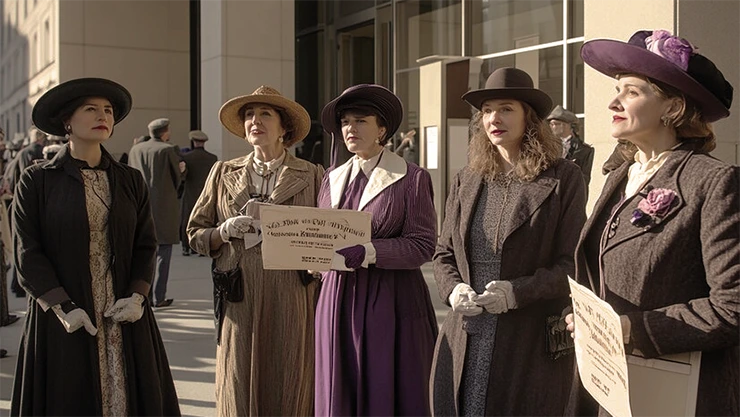
The Suffrage Movement (Early 1900s) Canadian Women's Groups
The early 20th century marked a turning point as women's groups shifted their focus toward political rights, particularly the right to vote (suffrage). Some critical organizations during this time retain the following.
Women's Political Equality League of Canada
The Women's Political Equality League of Canada, specifically active in Prairie provinces like Manitoba and Saskatchewan, worked tirelessly to ensure women could participate in elections. In Manitoba, women achieved the right to vote in 1916, a significant victory that influenced other Canada provinces. By 1918, women across Canada won the right to vote in federal elections, thanks to the collective efforts of these suffrage organizations.
Post-War Period (1940s to 1970s) Canada Women Organizations
After World War II, women's roles in Canada changed, as many had joined the workforce during the war. With the war's end, new challenges arose, leading to the formation of organizations that focused on improving working conditions and advocating for equality in all aspects of life:
The Canadian Federation of University Women (CFUW)
Founded in 1919, the CFUW sought to support higher education for women. It was created by women who recognized that education was vital to achieving equality. The CFUW advocated for equal pay, job opportunities, and leadership roles for women in academia and beyond. They also provided scholarships to young women pursuing university degrees.
The Royal Commission on the Status of Women in Canada (1967)
The Royal Commission on the Status of Women in Canada was formed after advocacy from various women's groups, including the NCWC and CFUW. The commission studied the inequalities women face in the workplace, at home, and in society. Its 1970 report led to significant policy changes, such as better maternity leave, equal pay legislation, and improved access to education and childcare.
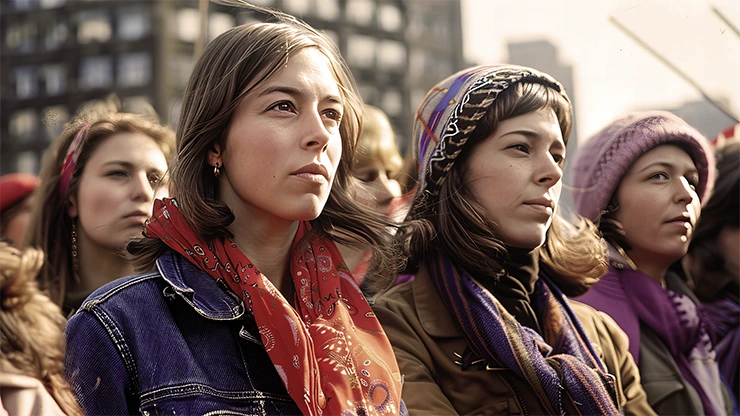
Canada's Modern Women's Organizations (1980s to Present)
In recent decades, women's organizations have addressed a wide range of issues, such as violence against women, pay equality, reproductive rights, and the rights of Indigenous women. The following sections list some of Canada's modern women's organizations.
Canada's Women's Legal Education and Action Fund (LEAF)
Founded in 1985, LEAF has ensured that Canadian laws treat women equally. They focus on issues like sexual harassment, workplace discrimination, and equality in the legal system. LEAF has been involved in several landmark legal cases that have helped to define women's rights under Canadian law.
Native Women's Association of Canada (NWAC)
The NWAC organization advocates for the rights and well-being of Indigenous women, girls, and gender-diverse people. It has been particularly active in raising awareness about the crisis of missing and murdered Indigenous women and girls in Canada, pushing for investigations and changes to address this issue.
YWCA Canada
As one of Canada's oldest women's organizations, the YWCA provides crucial services such as housing, employment training, and support for survivors of domestic violence. The organization has adapted over time to meet the needs of diverse communities. However, it still focuses on building a safe and equitable society for all women.
Canada Women's Organizations Summary by CyrusCrafts
Women's organizations in Canada have played a pivotal role in advocating for social change, equal rights, and better opportunities. Influential figures like Lady Aberdeen and many dedicated women from diverse backgrounds helped lay the foundation for these movements. From early charitable groups that provided essential services to modern advocacy organizations that challenge systemic inequalities, these groups have made Canada a more inclusive and fair society for women. While challenges still exist, their efforts continue to empower women and create positive change.
In summary, we can categorize all Canadian women's organizations into four groups as the following:
- Early women's groups focused on charity and community service, including health and education improvements.
- Suffrage organizations like the NCWC and regional groups fought for women's voting rights in the early 1900s.
- Post-war groups worked on workplace equality and policy changes, including contributing to the Royal Commission on the Status of Women.
- Modern organizations address various issues, including Indigenous rights and legal equality.
CyrusCrafts, an international drop-shipping company based in Toronto, Ontario, Canada, briefly reviewed Canadian women's organizations in this article. We are ready to answer all your questions about this subject in the comments section or WhatsApp. Moreover, here, we offer luxurious and unique products of the highest quality rates at the best prices directly from the producers. To order one-of-a-kind furniture, Persian rugs, practical handicrafts, decorative accessories, clothing, and tasty rare organic foods, you only need to fill out their order form or text us on WhatsApp by clicking the icon you see in the corner of all pages on this website.











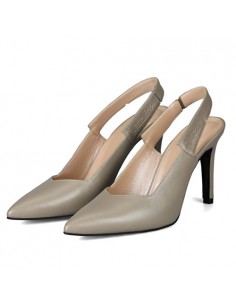



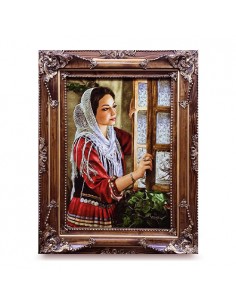



Comments (0)